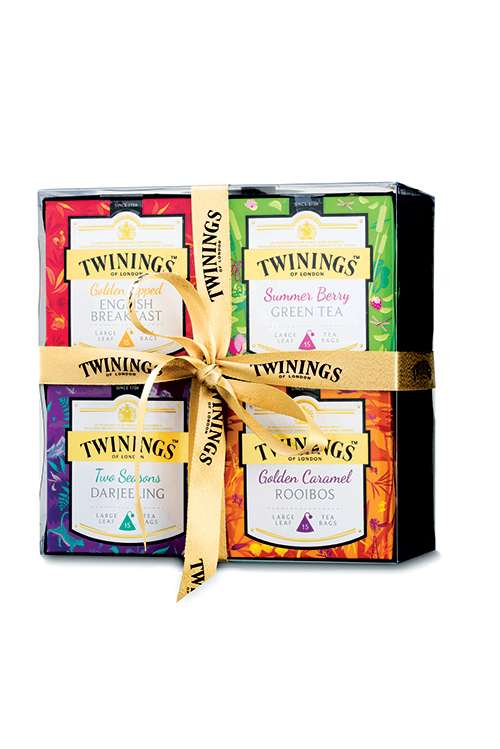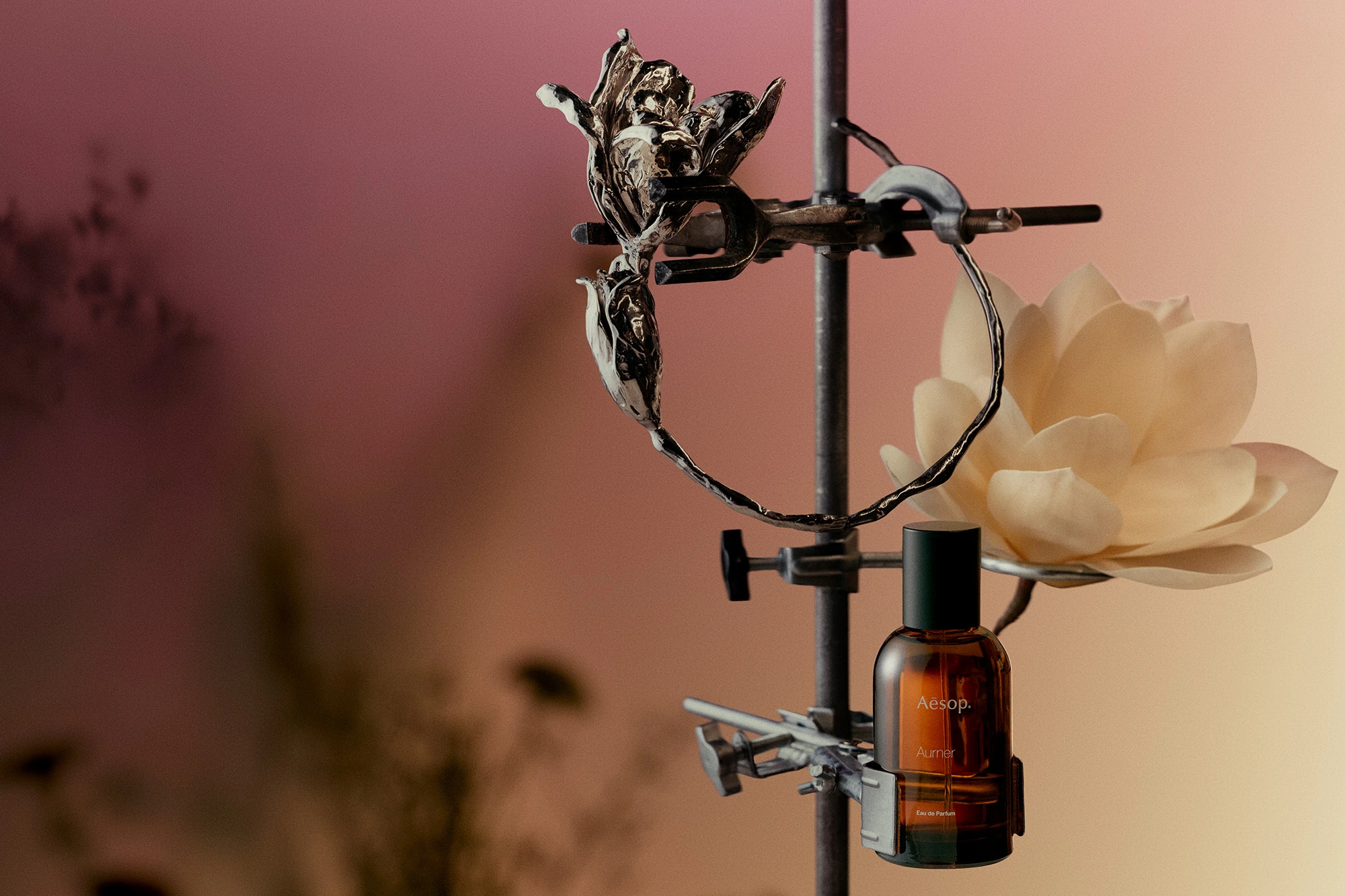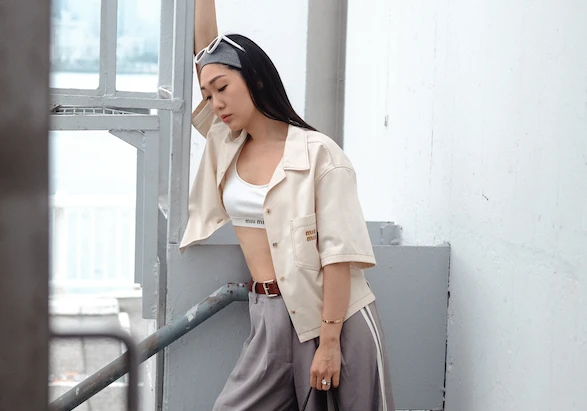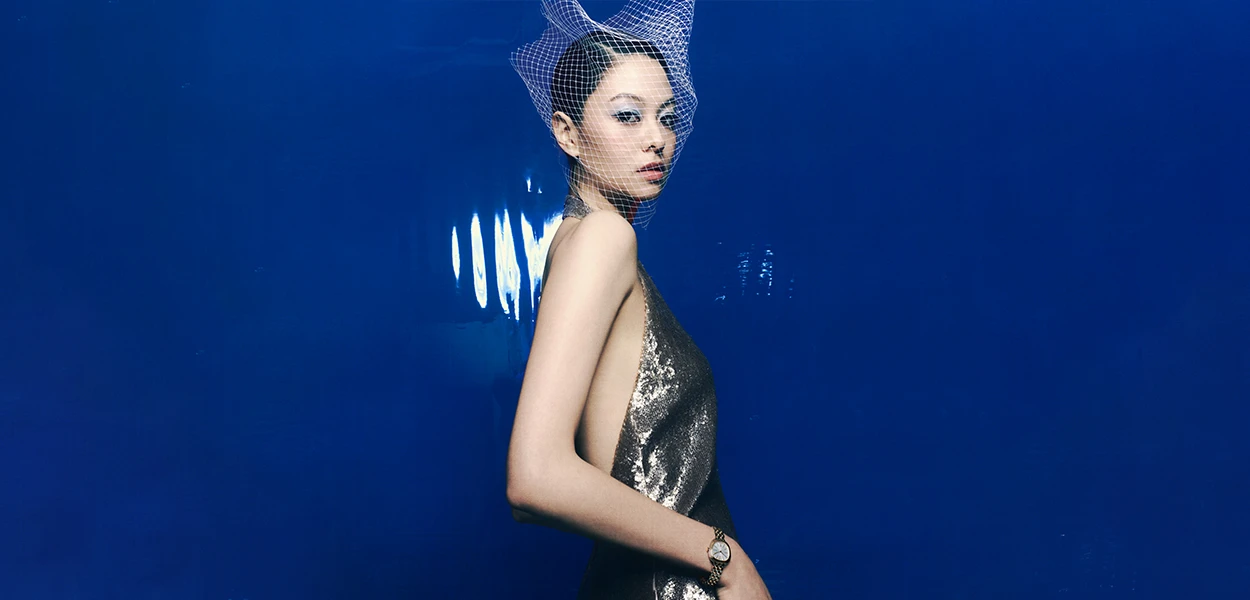A Lesson in Tea Appreciation: From Slurping to the Perfect British Cuppa
Jan 10, 2017

A brand ambassador for British tea company Twinings, Emily Gaskell was teaching me to slurp tea, something she was taught to do by the master blenders that trained her. “They use a spoon,” says Gaskell. “They scoop up the tea liquor and then inhale the liquor, but before they do that they fill up about 60 per cent of their lungs with oxygen and then vacuum it in.”
Gaskell demonstrates, taking a deep breath followed by a quick intake of air through the mouth with a slurp so loud that I would have been proud of it, had I been six years old. “That’s how to spray the tea across the tongue palate so it reaches all the areas of the mouth,” she says. “The master blenders also breathe in through the nose because a lot of our taste comes from our sense of smell. They’ll suck up the liquor and breathe through the nose. They don’t actually swallow the tea. They spit it out into a spittoon.”
Twinings’ nine master blenders are closely involved in every stage of selecting and tasting the tea the company sells. “We are very lucky in that our master blenders are involved from the first step, which is sourcing the tea, to the very last step, which is tasting the tea once it’s brewed and once they’ve created the tea,” Gaskell says.
Twinings has no tea plantations of its own, so its master blenders travel far and wide to find the right raw ingredients. Gaskell says it is better that way. “We can go and find the best plantations. Other tea companies may own tea plantations, but if they have a bad crop, they still have to use that tea. But we have the choice of finding the best ingredients and the best tea from around the world.”
The British brand has 300 years of heritage and, in telling the story of its success, drops names such as Queen Victoria and Earl Grey. The company is the proud owner of a royal warrant from 1837, which proves it has been supplying the British royal household with tea at least since Queen Victoria ascended the throne.

Earl Grey and English Breakfast Tea have long reigned as the best-selling Twinings teas, but the company keeps innovating, creating new flavours to entice global tea connoisseurs. It has launched new flavours in its range of premium loose-leaf teas, comprising 11 blends which combine the finest large-leaf teas and other ingredients, and which come in silky, pyramid-shaped bags.
Among the new blends in the Twinings Platinum Range are Golden Rooibos and Caramel, Berry Blush Infusion, Two Seasons Darjeeling and Medley of Mint. Gaskell says of the new mint tea: “Our master blenders knew that there was a sweetness in spearmint and a coolness in peppermint, and they studied it for a long time to get the balance just right with the two mints. They believe they’ve finally found it.”
Twinings recently installed a pop-up tearoom in the Huashan 1914 Creative Park in Taipei, giving visitors an opportunity to learn about the brand’s heritage and sample its blends. Visitors could try Twinings teas with a traditional English breakfast, drink them for afternoon tea and even sip tea cocktails. The company invited three Taiwan artists to reinterpret the Twinings tradition in new works. One, a jewellery designer, presented her designs in glass spheres. Another, an illustrator, painted teacups and plates in a rainbow of colour. The third, a calligrapher, did etchings on the tables, chairs and walls of the tearoom.

Gaskell believes art has a lot in common with tea-making, creativity being the principal common characteristic. “You start with a base colour, if you’re painting, and you start with the base tea if you’re blending tea,” she says. “For example, the Green Tea with Summer Berries, you have the base of the green tea and you add berries on top for sweetness.” Imagination is another characteristic that art and tea-making share. “Master blenders are so, so passionate about what they do,” she says. “It’s an art form to them, and they take their jobs very seriously.”
To make tea the British way, should you pour the milk first or the tea? “Ah, that’s the big debate,” Gaskell says. “I asked Stephen Twining this because I was always unsure and he said, ‘It’s up to you.’ I said, ‘No, that’s not the answer.’ He says that in the past putting the milk in first was a sign you were an expert and that you didn’t need to judge the amount of milk after you poured it because you don’t have to see the colour change. You’re saying, ‘I know how much milk needs to be in this tea.’ ” Gaskell believes that putting the milk in first changes the flavour of the tea. “But Stephen said, ‘No, Emily, it doesn’t. It’s all in your head.’ It’s up to you.”



























